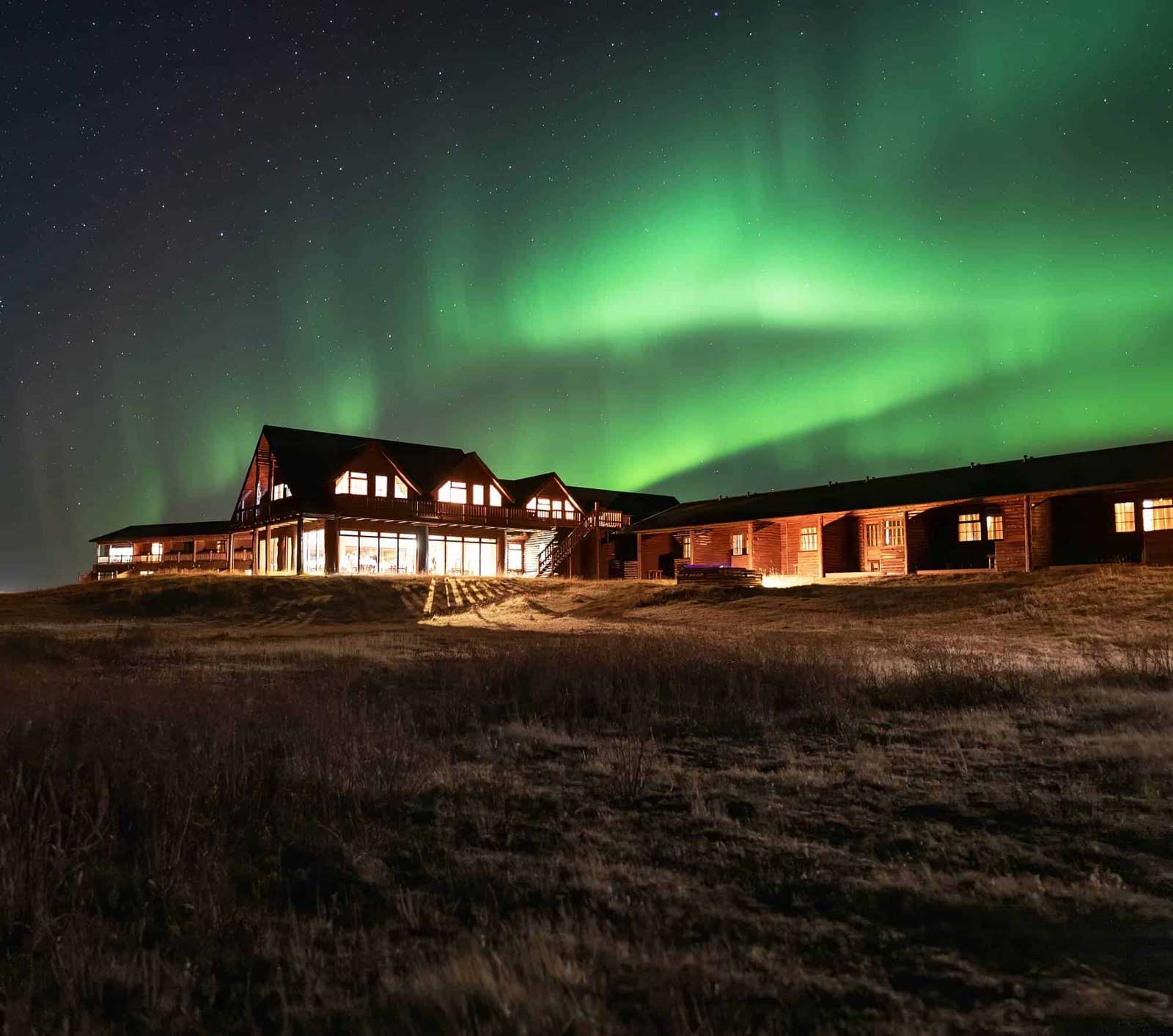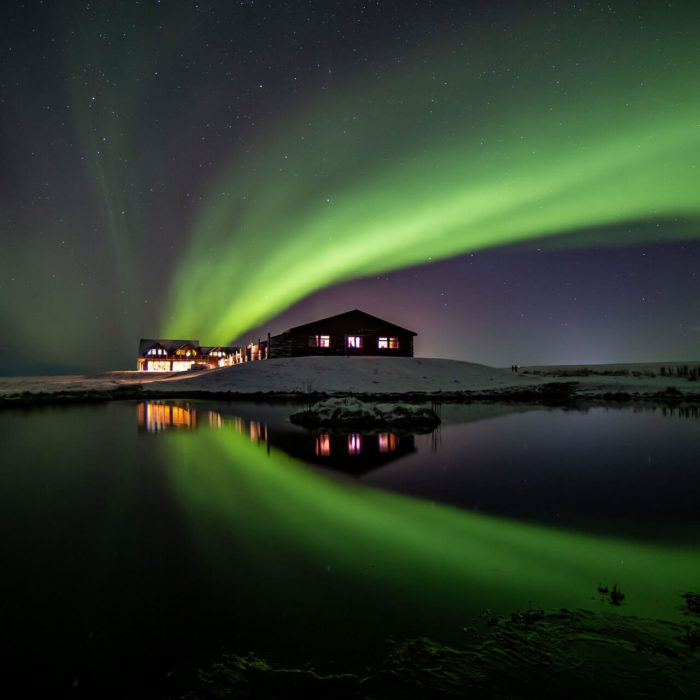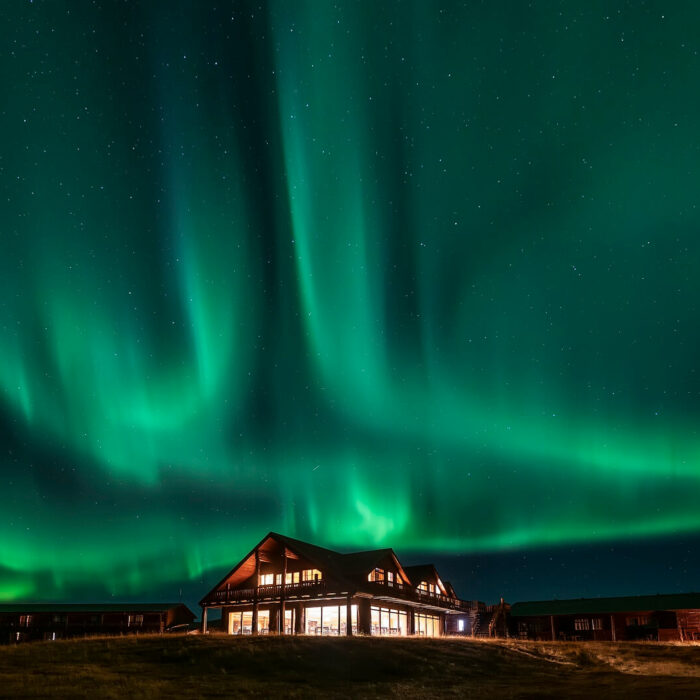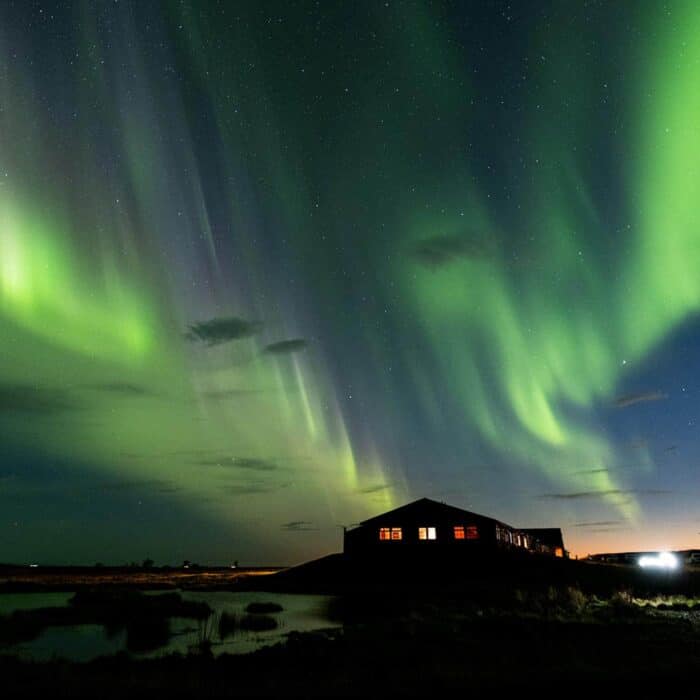Table of Contents
With the endless summer days of the midnight sun far behind us, stargazing season is in full swing at Hotel Rangá. Grab a mug of hot chocolate and find out what the cosmos has in store for you in Iceland this winter with some fun stargazing facts.
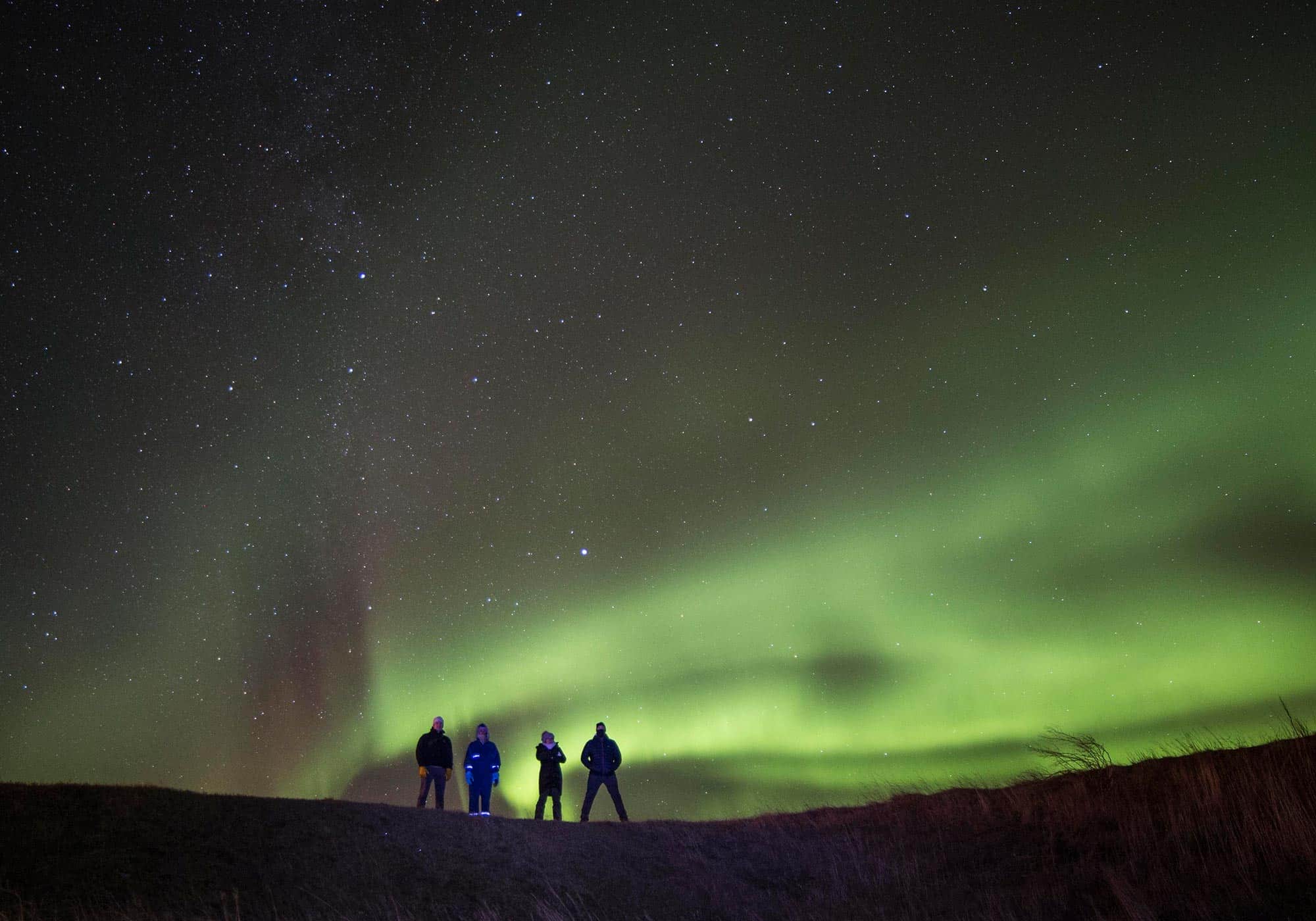
Got Milk?
The Milky Way galaxy gets its name from Greek mythology. As the story goes, Zeus had a son with a mortal woman. Then, he tried to trick Hera into breastfeeding the child. She was not so keen on the idea, of course, so her breast milk sprayed into the heavens and… well, you get the picture.
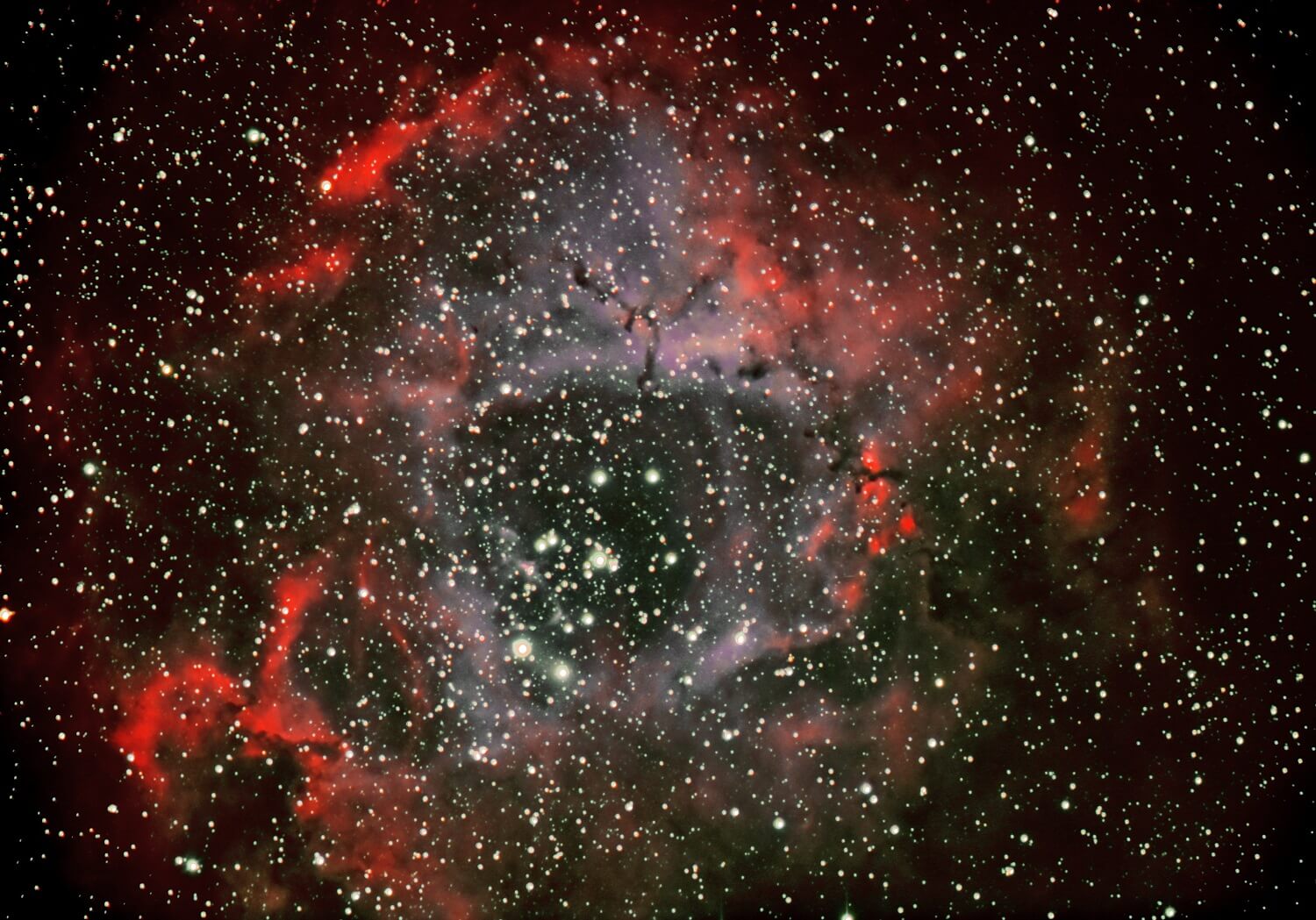
It’s All Greek To Me
Thanks to modern science, we now know that the Milky Way galaxy is not the doing of an angry Greek goddess. Instead, our celestial home contains about 400 billion stars, nearly 5000 of which we can see with the naked eye.

The Winter Way Is The Only Way
You won’t see those stars in the middle of summer in Iceland due to the nearly 24-hour daylight from the seasonal tilt of the planet. In fact, the night sky is only visible to us from September to April. Perhaps that is why in Iceland we call the Milky Way Vetrarbrautin, or “The Winter Way.”
Stargazing Facts: Darkness Is Golden
Another thing blocking you from seeing all those twinkling stars? Light pollution. According to the UN, 55% of the world’s population lives in urban areas. What’s more, this proportion is expected to grow to over 65% by 2050. Thankfully for city and suburb dwellers, Hotel Rangá’s secluded countryside setting offers a glare-free view to dark, clear night skies.

Stargazing Facts: Creatures In The Sky
There are 88 officially recognized constellations, of which 50 to 56 can be seen from Iceland. The groups of stars in constellations act like a map of the sky, forming patterns and shapes. Look up at the night sky, and you will see lions, birds, monsters and, of course, mythical Greek gods. What’s more, the constellations actually help us to locate planets and other deep space objects.
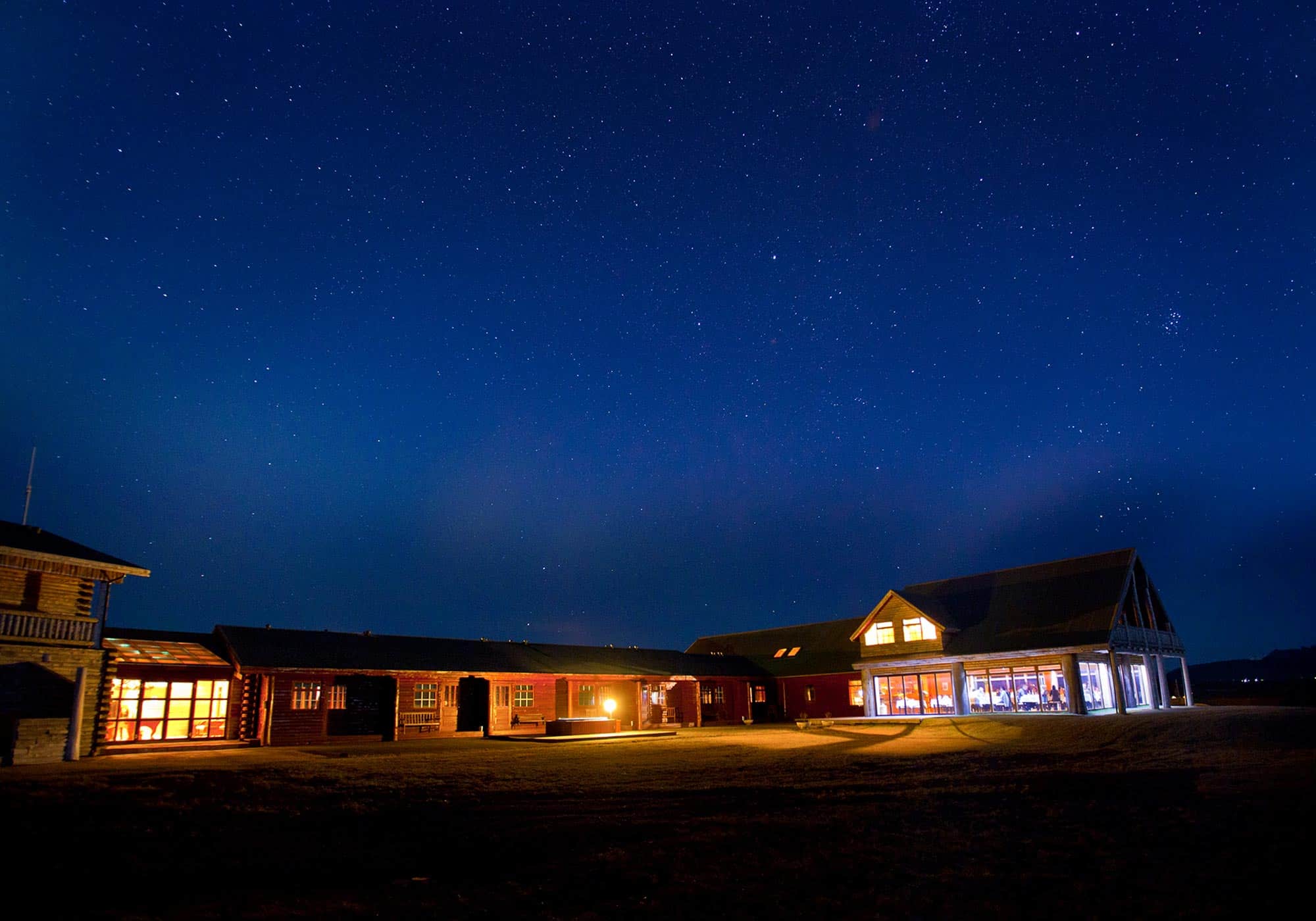
Belts: The Best Winter Accessories
One of the easiest constellations to see in Iceland is Orion, with its 3 easily identifiable stars that form Orion’s Belt. As for northern lights seekers, you will be pleased to know that Iceland sits squarely in the aurora belt. This is an area of the northern hemisphere with intense aurora activity.
